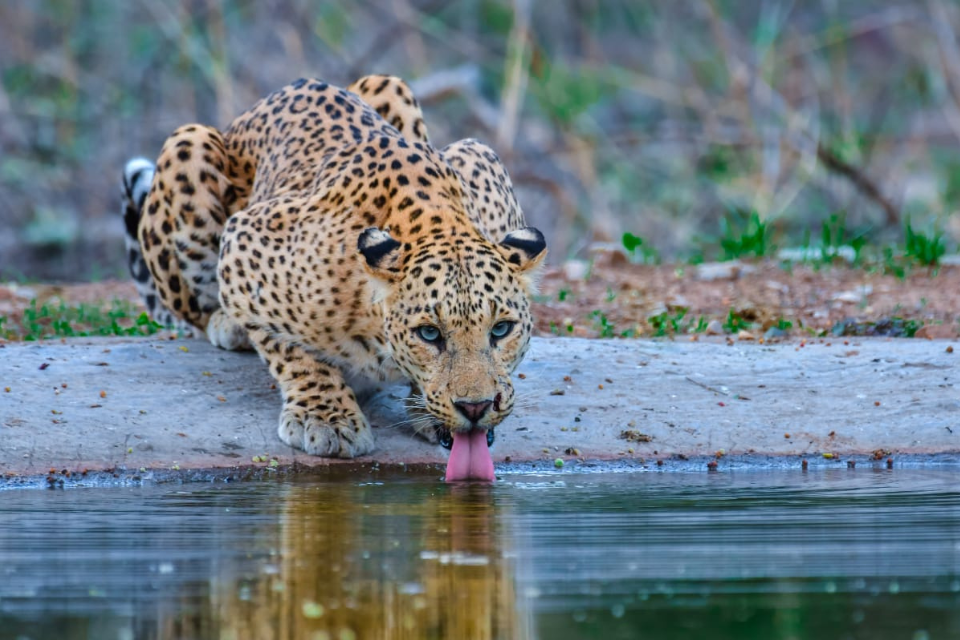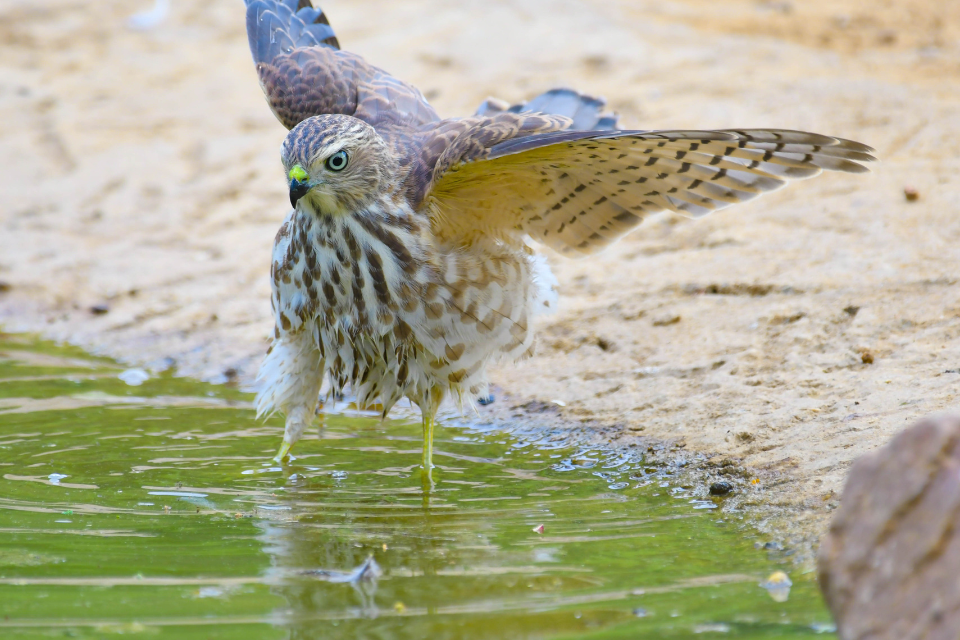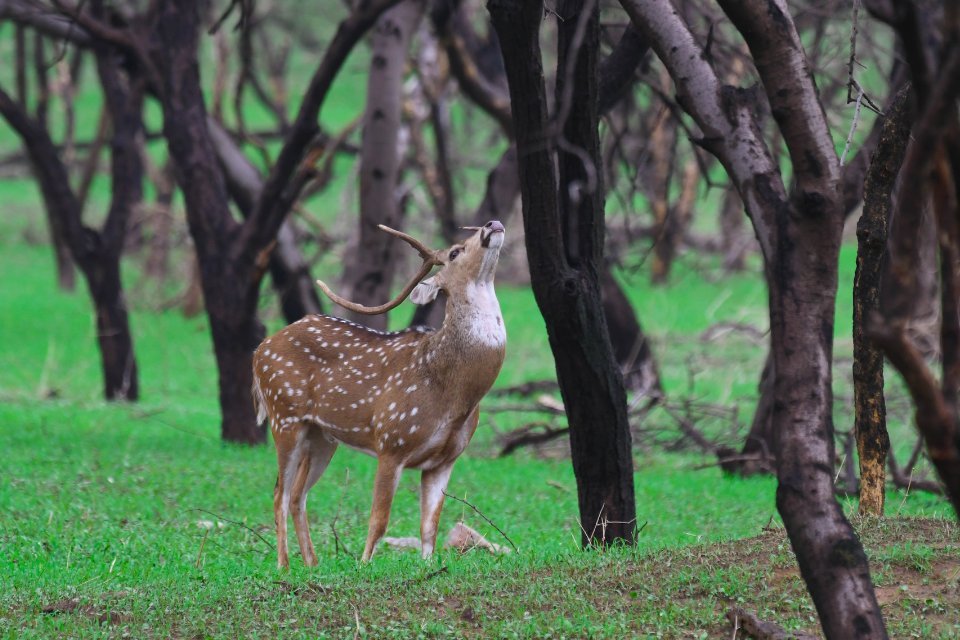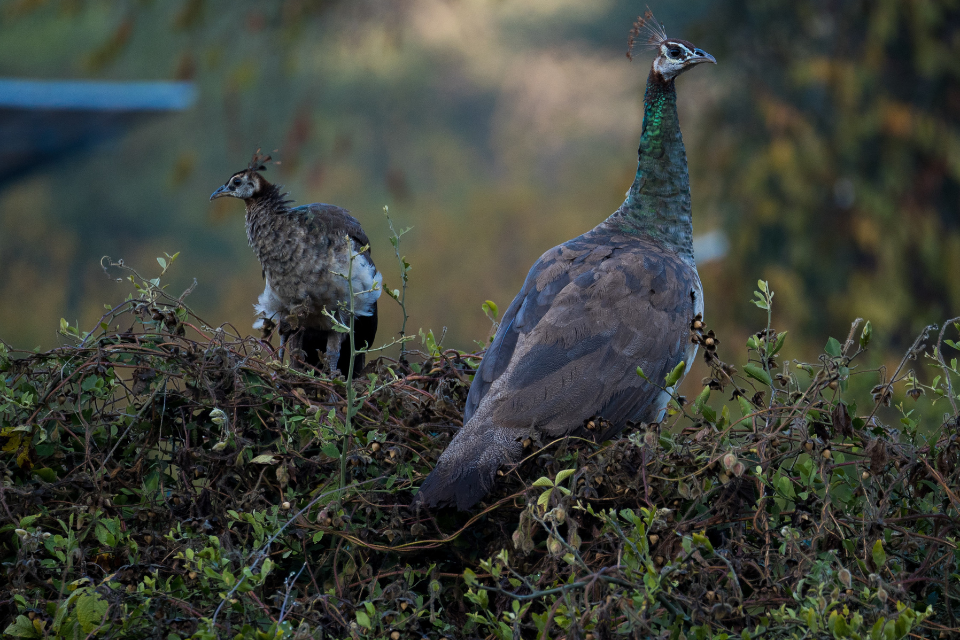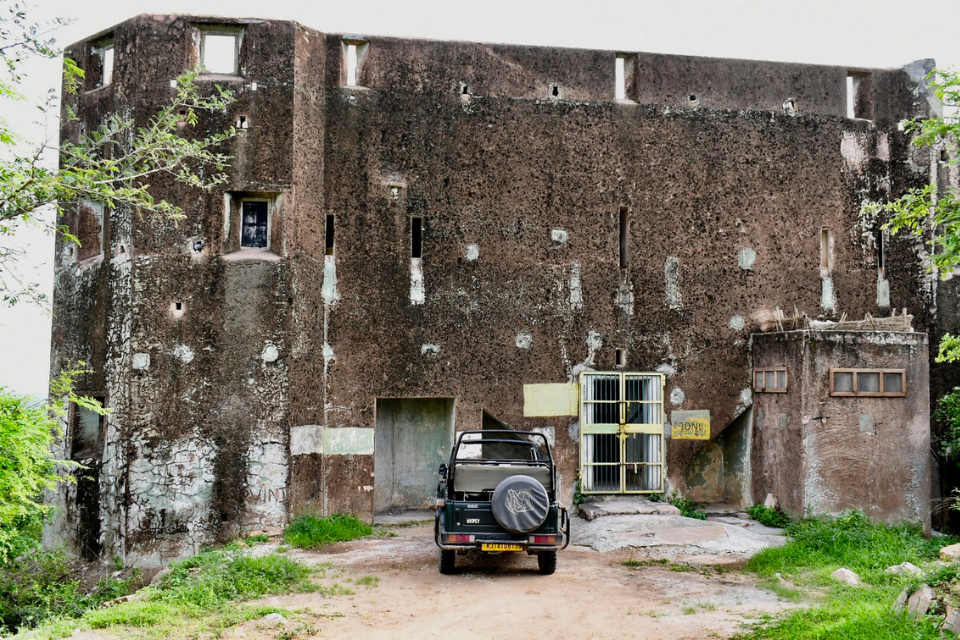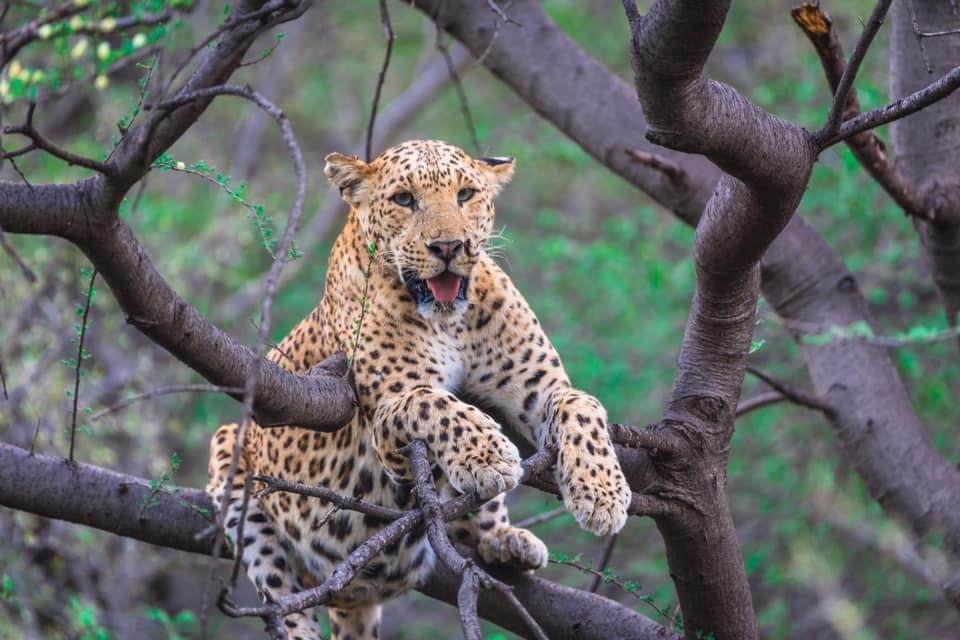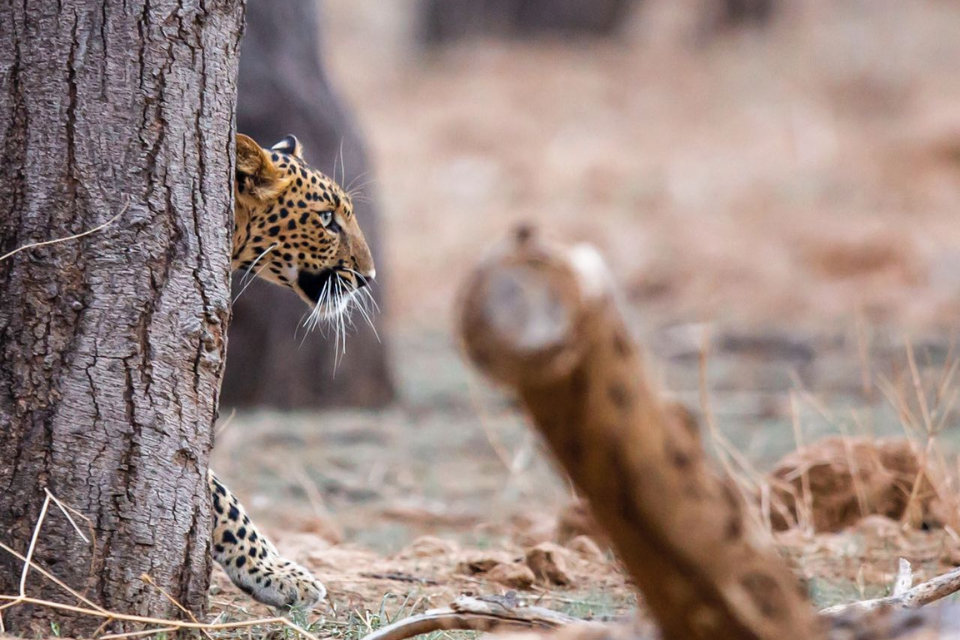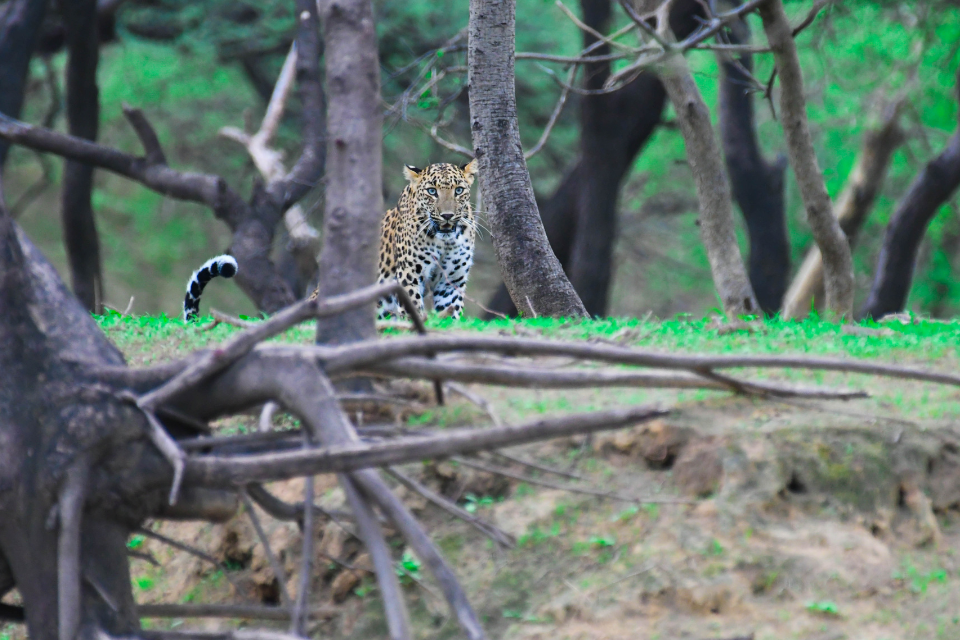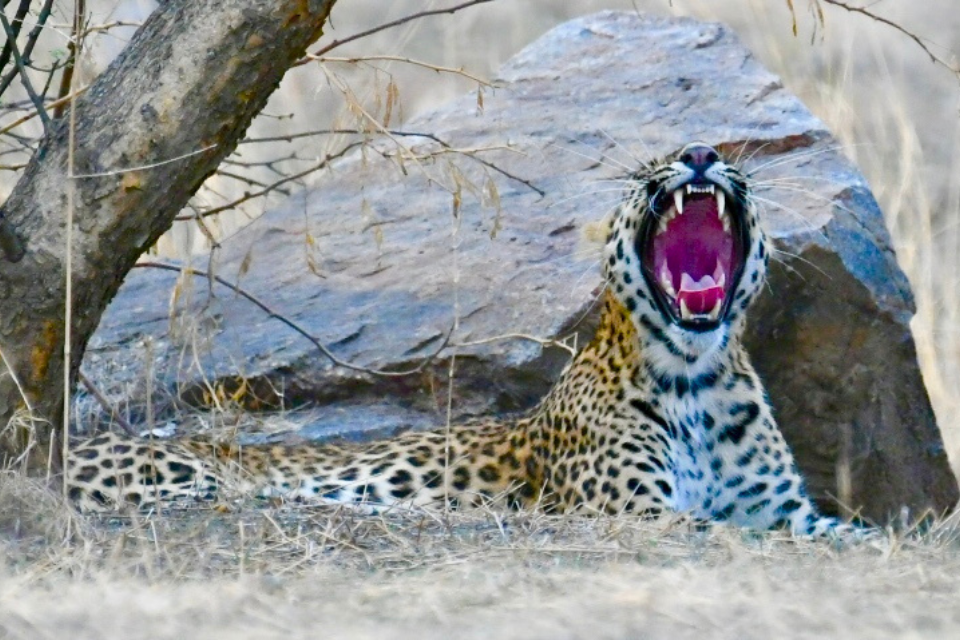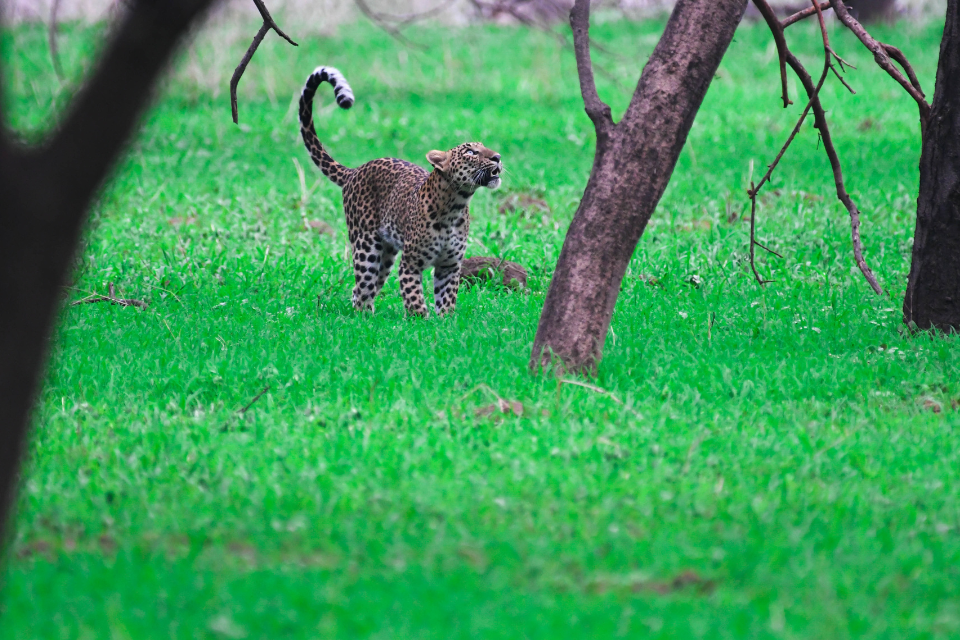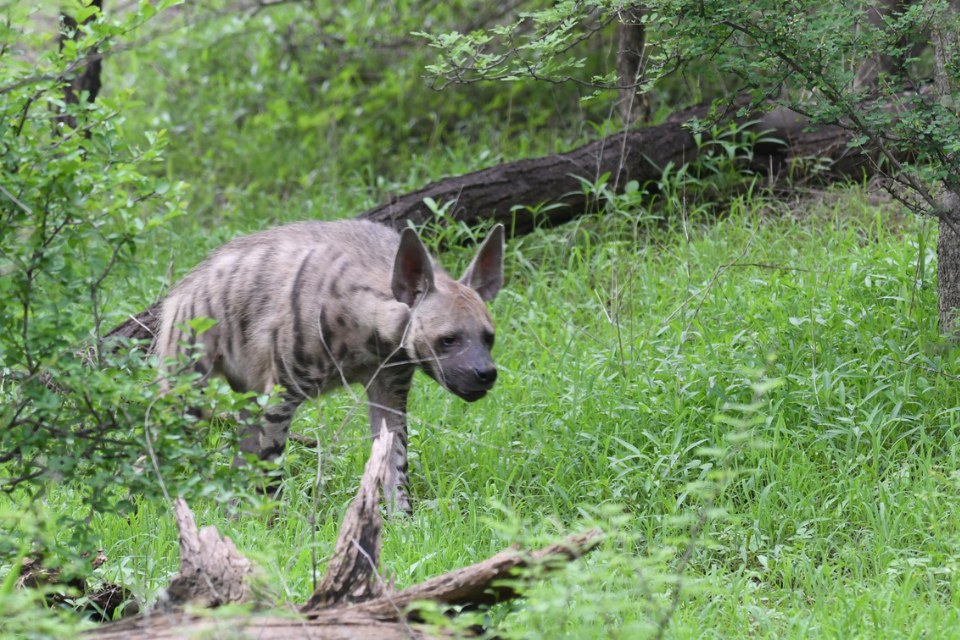- March 18, 2025
Jhalana Leopard Safari: India's First Urban Leopard Reserve Uncovered
When we think of leopards, we imagine them deep inside dense forests, far away from human settlements. But what if I tell you that you can see these majestic creatures right inside a bustling city? Welcome to Jhalana Leopard Safari, India’s first urban leopard reserve, located in Jaipur, Rajasthan.
Not many people know that Jhalana was once a hunting ground for the royals, but today, it is a thriving leopard habitat where wildlife and urban life coexist. If you’re a wildlife enthusiast or someone looking for an adventure without traveling too far, this guide will tell you everything about Jhalana Leopard Safari—its history, wildlife, best time to visit, and how to experience the safari.
A Brief History of Jhalana Leopard Reserve
Jhalana is not just another wildlife sanctuary. It has a long history tied to Jaipur’s royal past. Centuries ago, the Aravalli hills, which surround Jhalana, were home to tigers, leopards, and other wild animals. The kings of Jaipur used this area as a hunting ground, where they organized royal shikar (hunts).
But as hunting declined and wildlife conservation efforts grew, Jhalana slowly transformed into a safe haven for leopards. In 2017, the Rajasthan government declared Jhalana India’s first urban leopard reserve, making it a unique example of how wildlife and cities can exist side by side.
Today, Jhalana is home to more than 40 leopards, including cubs, making it one of the best places in India for leopard sightings.
The Unique Wildlife of Jhalana
Even though leopards are the star attraction of Jhalana, the sanctuary is home to many other animals and birds.

- Leopards – The Kings of Jhalana
Leopards in Jhalana have adapted well to living close to human settlements. Unlike tigers, which need large territories, leopards are solitary and highly adaptable, making them perfect for urban jungles like Jhalana.
If you go on a morning or evening safari, you have a high chance of spotting a leopard, either resting on a tree branch, walking along the trails, or even hunting.
- Other Wildlife
Apart from leopards, you can also spot:
- Hyenas – These nocturnal scavengers are sometimes seen during evening safaris.
- Desert foxes – Small and shy, but you might get lucky!
- Jackals – Often seen in groups, moving swiftly through the dry grass.
- Jungle cats – Smaller than leopards but equally agile.
- Spotted deer (chital) and blue bulls (nilgai) – The main prey for leopards in Jhalana.
- Bird Watching in Jhalana
Jhalana is also a paradise for bird lovers. If you love birdwatching, bring your binoculars! Some of the beautiful birds found here include:
- Indian Pitta
- Crested Serpent Eagle
- Spotted Owlet
- Dusky Eagle Owl
- White-eyed Buzzard
Safari Experience at Jhalana Leopard Reserve
A safari in Jhalana is different from other big national parks like Ranthambore or Sariska. Here, the experience is more compact, but the chances of spotting leopards are higher because of the smaller area and higher leopard density.
- Safari Timings and Duration
Jhalana offers two safaris daily:
- Morning Safari – Starts around 6:30 AM (timing varies by season).
- Evening Safari – Starts around 3:30 PM.
Each safari lasts 2.5 to 3 hours and covers different zones of the reserve.
- Safari Zones in Jhalana
Jhalana has two major zones:
- Tourism Zone (Core Area) – The main safari route where leopards are frequently spotted.
- Shikar Audi Zone – A newly opened area with fewer visitors but excellent wildlife sightings.
- Safari Booking & Fees
- Booking can be done online or on arrival, but advance booking is recommended in peak season.
- Safari costs vary, but a jeep safari for six people costs around ₹3,500 to ₹4,500.
- Solo travelers can join a shared safari, which is more budget-friendly.
Best Time to Visit Jhalana Leopard Safari
Jhalana is open all year round, but some seasons offer better experiences than others.
- Winter (October to March) – Best Season
- Cool weather, making safaris comfortable.
- Good visibility and active wildlife movement.
- Peak time for birdwatching.
- Summer (April to June) – Best for Leopard Sightings
- Leopards are more visible near water sources.
- Can be extremely hot, so morning safaris are better.
- Monsoon (July to September) – Lush Greenery
- Fewer visitors, so a more peaceful experience.
- Green landscapes, but leopards might be harder to spot.
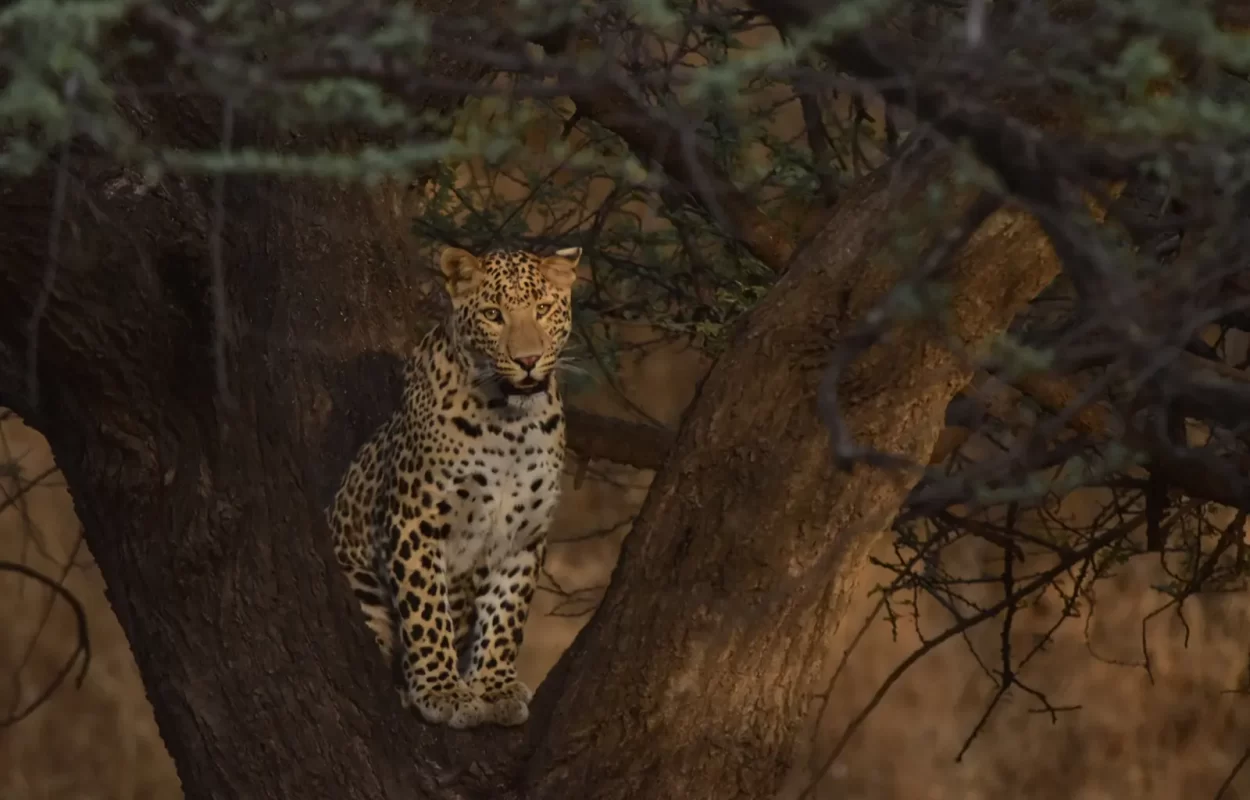
Why Jhalana Leopard Safari is Special?
There are many wildlife reserves in India, but Jhalana is one of a kind because:
✔️ It’s in the middle of a city – Unlike national parks, Jhalana is inside Jaipur, making it easily accessible.
✔️ Leopard sightings are common – The high density of leopards increases the chances of spotting them.
✔️ Perfect for short trips – Unlike Ranthambore, which requires a full-day trip, Jhalana safaris last only a few hours.
✔️ Less crowded – Unlike bigger reserves, Jhalana has fewer tourists, making the experience more peaceful.
Tips for an Amazing Safari Experience
1️⃣ Book your safari in advance – Especially during peak season.
2️⃣ Opt for early morning or late evening safaris – This is when leopards are most active.
3️⃣ Wear neutral-colored clothes – Bright colors can scare away animals.
4️⃣ Carry a good camera and binoculars – For great photos and birdwatching.
5️⃣ Stay silent and patient – The quieter you are, the better your chances of spotting wildlife.
Final Thoughts: Is Jhalana Worth Visiting?
Absolutely! If you are visiting Jaipur and want a quick but thrilling wildlife experience, Jhalana Leopard Safari is perfect. It offers a rare chance to see wild leopards in an urban setting, without the long travel and high costs of other big national parks.
Whether you are a wildlife photographer, nature lover, or just someone looking for an adventure, Jhalana will not disappoint. So next time you’re in Jaipur, skip the shopping for a few hours and go on a leopard safari instead! 🐆🌿
Disclaimer All images used in this blog are either sourced from public domain or credited to their respective owners. If you are the copyright holder of any image and wish to request its removal or proper attribution, please contact us at [email protected]



